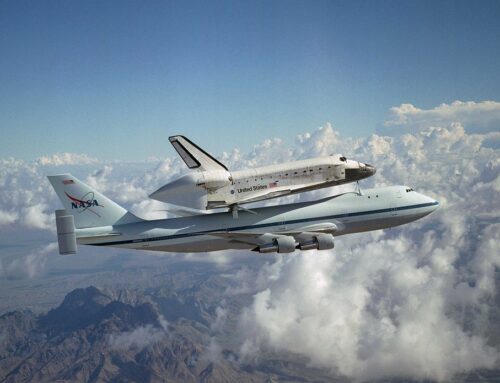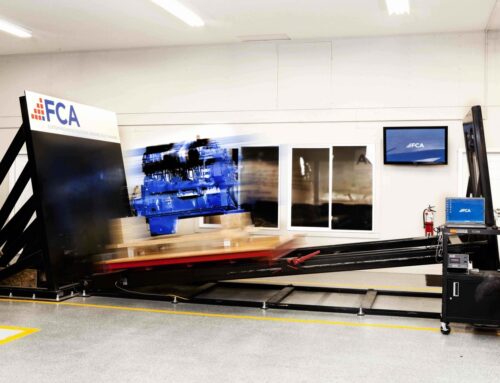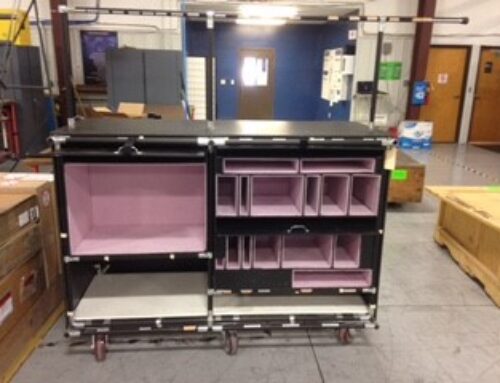Packaging in the aerospace industry is far more complicated than in other sectors. Flight presents challenges that other means of transportation do not, and if something goes wrong here, it results in massive losses.
In previous years, aerospace custom-engineered packaging challenges have led to serious failures with fatal consequences, challenges that are slowly fading with the increase in knowledge and advancement in technology.
The condition of products and equipment on transit adversely affects the reliability of the mission, which is why aerospace packaging has to be at its best.
Customized Aerospace Packaging
Since the aerospace industry is responsible for flying different types of packages across the skies, including weapons, the option of customized packaging remains to be the best one yet. The unique requirements presented by products in transit by air have a close relationship to temperature and pressure changes, which eliminate simple conventional packaging from the list of options.
Features Of Aerospace Packaging
The customized packages, in this case, meet the standards required for aerospace components, some of which include:
- Weight: Everything getting on a plane, including the packaging, needs to be as light as possible. However, aerospace packaging should be robust enough to hold the heavy and delicate aerospace equipment and make sure it arrives safely.
- Easy To Assemble: The assemblies and sub-assemblies should fit in together perfectly as they keep the products on transit in place and prevent any incidences that might occur during the whole transportation process.
- Resisting Temperature And Pressure Changes: The increase in altitude results in a change in temperature and pressure. The packaging suitable for the skies considers these changes and ensures that what is happening outside does not affect the inside.
The customized packaging protects the contents of the package throughout the transportation process, in a reliable and compact way.
The customized packaging here should meet all the needs stipulated by the MIL specifications for international packaging standards, to ensure timely delivery and affordable costs. Following the above rules ensures that all, including high-value products, are transported reliably and cost-effectively to meet the demands of the market.




